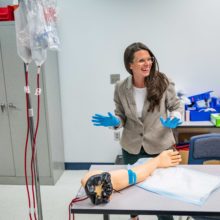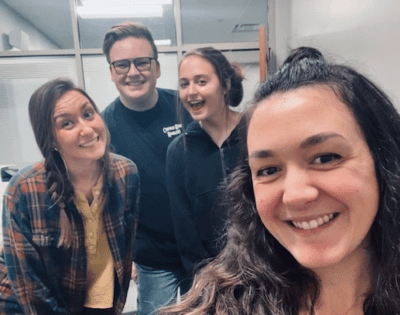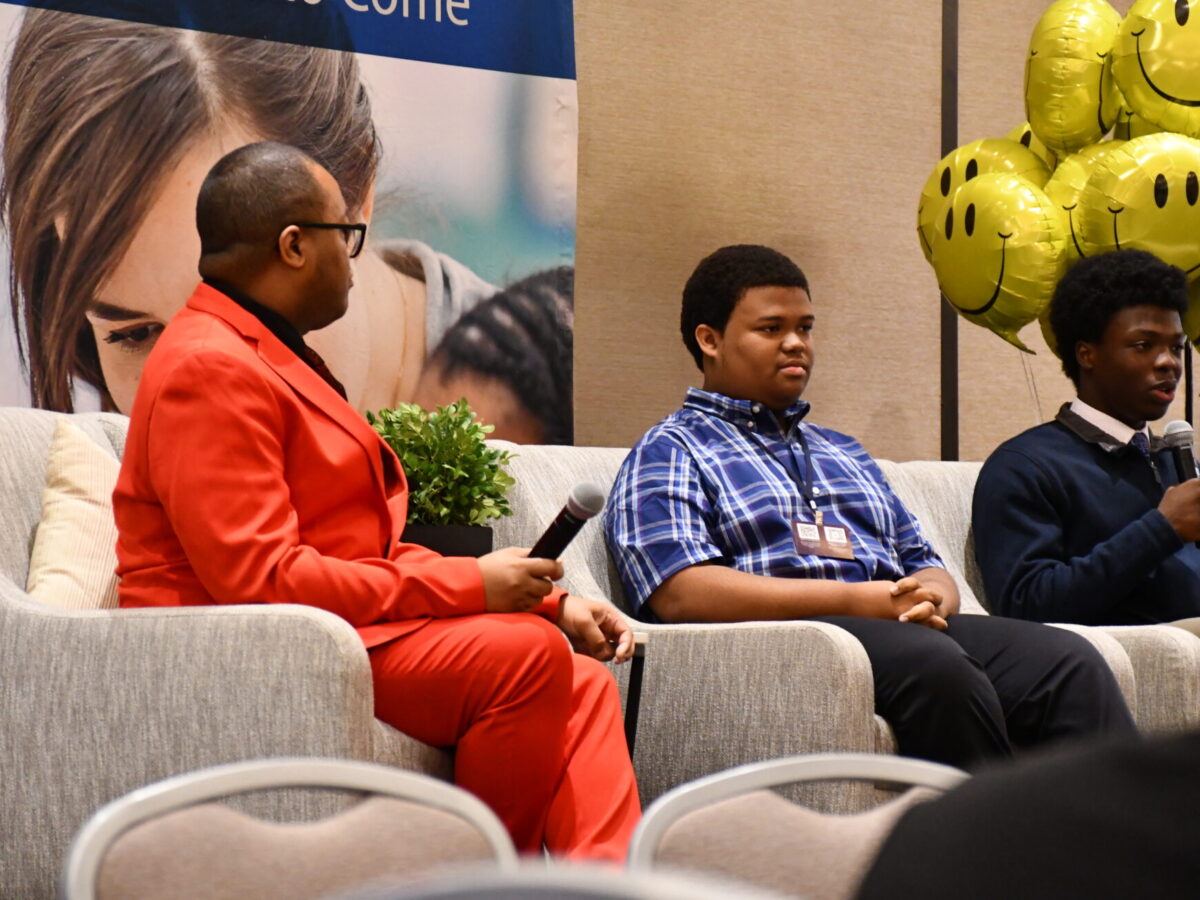

Share this story
|
|
Early college and dual enrollment teams from across the country gathered June 6 and 7 as part of the 5th annual Early College Summit hosted by RTI International.
The conference focused on research highlighting best practices for early colleges, coupled with peer networking and opportunities for teams to collaborate on implementation planning. The event explored everything from strategies to incorporate when designing an early college to how to help students overcome trauma, and more.
The early college design model
Early colleges are smaller schools that combine the high school and college experience. Most early colleges focus on enrolling underserved and underrepresented students – many of whom are first-generation college students.
Depending on the structure and focus of the early college, students have the chance to graduate with an associate degree or two years of college credit within four or five years.
In 2011, North Carolina’s State Board of Education and State Board of Community Colleges established the Career and College Promise (CCP) program. The program includes three different pathways:
- College Transfer Pathways (CTP): tuition-free courses toward a number of transfer degrees, including the Associate in Arts and Associate in Science.
- Career and Technical Education (CTE) Pathways: tuition-free courses toward a certificate or diploma. These include Workforce Continuing Education (WCE) courses that can lead to a state or industry-recognized credential.
- Cooperative Innovative High Schools (CIHS): early college high schools typically located on college campuses that provide opportunities for students to complete an associate degree or earn up to two years of college credit within five years.
CCP was designed to provide structured opportunities for high school students to earn college credits tuition-free that “lead to a certificate, diploma, or degree as well as provide entry-level jobs skills.”
North Carolina is home to 134 CIHS.
North Carolina legislation states that CIHS must focus on enrolling at least one of the following student populations:
- First-generation college students.
- High school students who are at risk of dropping out.
- High school students who would benefit from accelerated instruction.
You can find more information about North Carolina’s early colleges here, along with recent data that shows how the state’s early colleges are addressing equity gaps.
Student voices
RTI’s two-day event included moments of reflection from former and current early college students. They highlighted how, in practice, the early college model helps students bridge gaps, build relationships, and bolster their civic engagement.
During a panel showcasing current North Carolina early college students, moderator Marlow Artis asked why they had made the decision to attend an early college. The students’ response: because of the opportunities available to them.
Those opportunities include leadership development, smaller class sizes, and, of course, the ability to graduate high school with two years of college credit under their belt.
Beyond class sizes and college credit, the students also described the impact their early college has had on their personal life. When early college students are enrolled in college courses, they’re often taking classes alongside the college’s general student population. As mentioned by Elizabeth Ekstrand, a student at Middle College High School at Durham Technical Community College, the diverse student population of local community colleges means you’re often sitting in class next to retirees, active military members, and more.
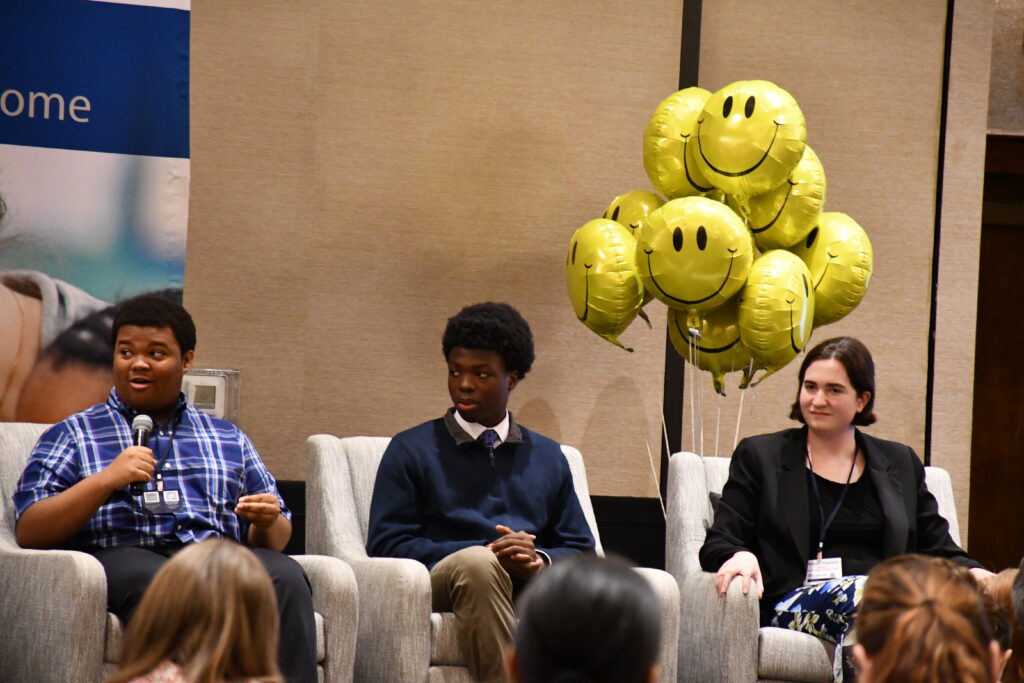



It’s a classroom dynamic Ekstrand said has been immensely beneficial. All students, regardless of background or age, are learning the material together while simultaneously learning from each other.
Early colleges have helped push people to think outside the box. To be better. To do better, Jordan Hopper, Duplin Early College High School student said.
The students called it an authentic learning environment; one where they are pushed academically. But it’s also an environment that has taught them the importance of serving others and the community.
“Pour it back into the community. Pour it back into the world.”
Jordan Hopper, Duplin Early College High School student
All three students had advice for attendees working in early colleges: Don’t stop doing what you’re doing, and make sure you advertise the available opportunities to those in the community.
Resilience, empathy, and connections
Horacio Sanchez, a consultant who helps schools apply neuroscience to improve educational outcomes, was the keynote speaker for the two-day summit.
Sanchez is a national leader in applied brain science. Some of his research topics include brain-based instruction, improving school climate, and addressing issues related to implicit bias. He also writes and speaks about the impact of poverty and how education can promote resilience and counter the impact poverty has on brain development and function.
During his address, Sanchez described how in today’s climate, students are struggling to get along more than ever before. But why? His answer: Because empathy is decreasing. According to Sanchez, one reason it’s on the decline is because of our primary forms of communication today, including texting.
“Empathy develops as you age and it develops based on the quality and quantity of your interactions,” Sanchez said. “If you don’t have enough, the brain gets lazy and doesn’t want to do it.”
Sanchez went on to say that communication through technology, like texting, can be delivered in a way that has no emotion, thus diminishing the quality of our interactions.
Sanchez also expressed concern about students’ ability to respond to stimuli. Too much stimulation, particularly in early development, can send brains into crisis, Sanchez said. Those early responses to stimuli carry over into childhood and beyond, which can create challenges for students.
“Any spike (in stimuli) causes higher risk of impulsivity that is more severe,” Sanchez said. “Just transitioning from one thing to another can be challenging.”
What helps? Sanchez suggested implementing rituals and structures.
“Here’s the rich reasons rituals are important to the brain. Your amygdala – your emotional brain when it falls into a familiar pattern, calms down. That’s the reason rituals are important.”
Those rituals and structures are exactly what former early college student Tai Huynh said helped him.
Huynh wrapped the Early College Summit with a personal story about his early college experience, including how it helped him make connections and gave him opportunities.
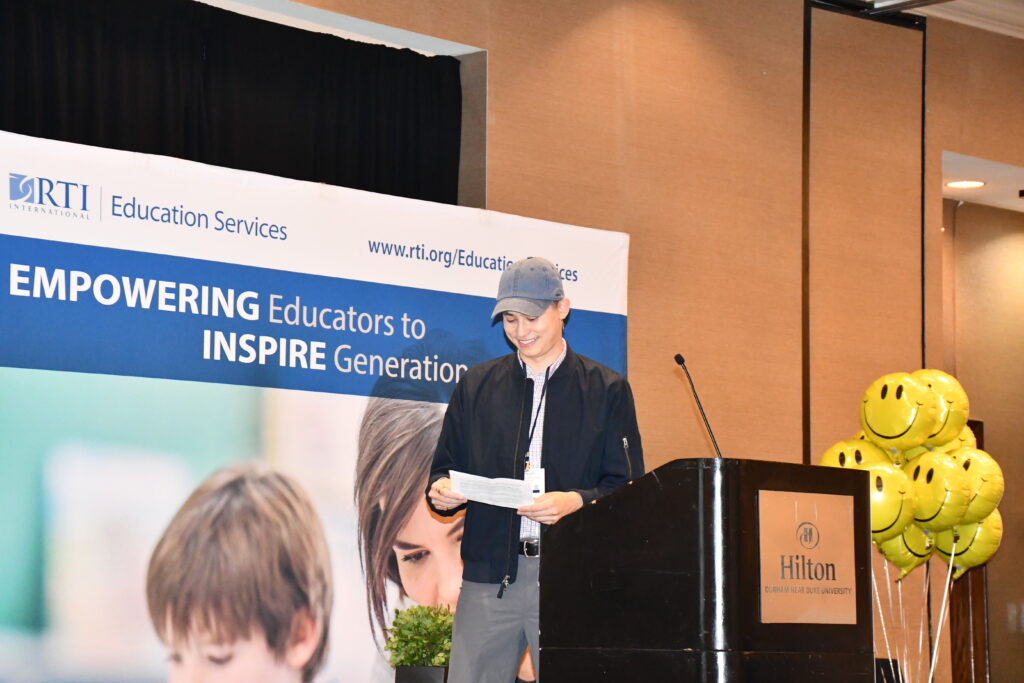

Huynh is now the co-founder and CEO of Acta, a social enterprise, and he currently serves on Chapel Hill’s Town Council. But before his professional career began, Huynh was a student at Union County Early College High School. Born to Vietnamese refugees, Huynh was a first-generation college student who praised the early college model for providing him with postsecondary access and opportunities.
Huynh said a recent conversation with a community college professor reminded him just how committed his teachers and counselors were to helping a hyperactive kid like himself.
“I think it’s important to acknowledge and uplift the dedication to the craft of education that is in this room,” Huynh said. “You won’t find a finer group of folks than early college practitioners and educators and I’ll stand by that any day of the week.”
His acknowledgment also included how his mentors throughout his time at the early college helped him have the confidence to pursue his dream – even though his career aspirations may not have looked stable or secure on paper.
“Before there was any excellence in my life, there were the connections that shaped me,” Huynh said. “So often we hear about student success stories. And they’re so focused on our accomplishments, which obviously are great, but rarely does it admit the folks around us who helped us get where we are.”
Those connections and the guidance received along the way have been incredibly important to Huynh.
Huynh emphasized that point at the conclusion of his speech with a lyric from rapper Nas:
“And I’m only strong as my circle.”
What’s next
Plans for next year’s Early College Summit are underway. Until then, conference organizers offered ways for principals, teachers, and college liaisons to connect via the Early College Network.
